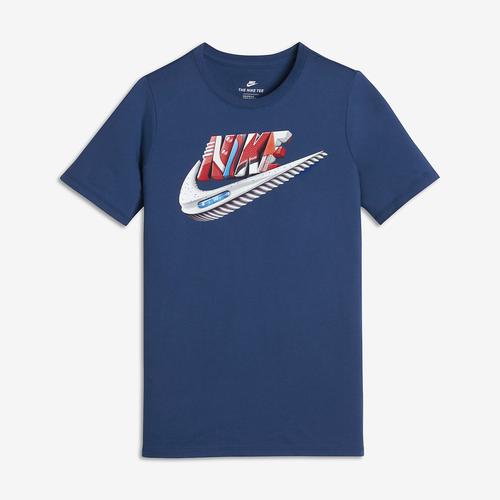The process of designing customized clothes is as follows:
1. Concept and inspiration: clarify your design concept and creativity, and get inspiration from it. You can inspire your design ideas by studying fashion trends, observing street trends, collecting materials, etc.
2. Design sketch: Convert your design ideas into sketches or hand drawings to express the overall outline, lines and details of the clothes. At this stage, the design can be modified and refined many times to achieve the best results.
3. Material selection and color matching: According to your design needs, select suitable fabrics and materials, and determine the appropriate colors and patterns. Consider the feel, breathability, gloss and other characteristics of the fabric, as well as the tonality and matching of colors to ensure it matches the design style.
4. Body measurement: Carry out detailed body measurement for the individual who needs to be customized, including height, chest circumference, waist circumference, hip circumference, shoulder width and other dimensions. . Ensure an accurate understanding of the client’s body curves and proportions for subsequent cutting and styling.
5. Make a sample: Make a prototype sample (sample) based on the design sketch and measurement data, usually using cheap fabrics for trial production. Samples can be used to verify the feasibility and suitability of the design, and also provide a basis for subsequent modifications and optimizations.
6. Cutting and sewing: Based on the adjustment and optimization of the pattern, start cutting the fabric and sewing it. This step requires skilled sewing skills and experience to ensure that the clothing is accurately cut, buttons, zippers and other details are firmly installed and the overall quality is reliable.
7. Try-on and modification: After completing the preliminary sewing, try the clothes on the customer to confirm the fit and modification needs. Based on feedback from the try-on, the clothing is adjusted and modified to ensure it meets the customer’s actual needs.
8. Complete the finished product: After repeated trials and modifications, final finishing and improvement of the clothes. Including possible freeze-frame processing, pattern embroidery, detailed decoration, etc. Ensure the final quality and appearance of the clothing meet customer requirements.
9. Delivery and after-sales: After completing the finished product, check the quality and details to ensure there are no defects. Then, carry out delivery with the customer, explain the characteristics of the clothing and maintenance methods of the style, and provide after-sales service, such as necessary repairs and adjustments.
It is important to note that the process of designing custom clothing may vary depending on factors such as personal needs, design complexity and time. In addition, working with a professional tailor or clothing production team can realize your design ideas more efficiently.





